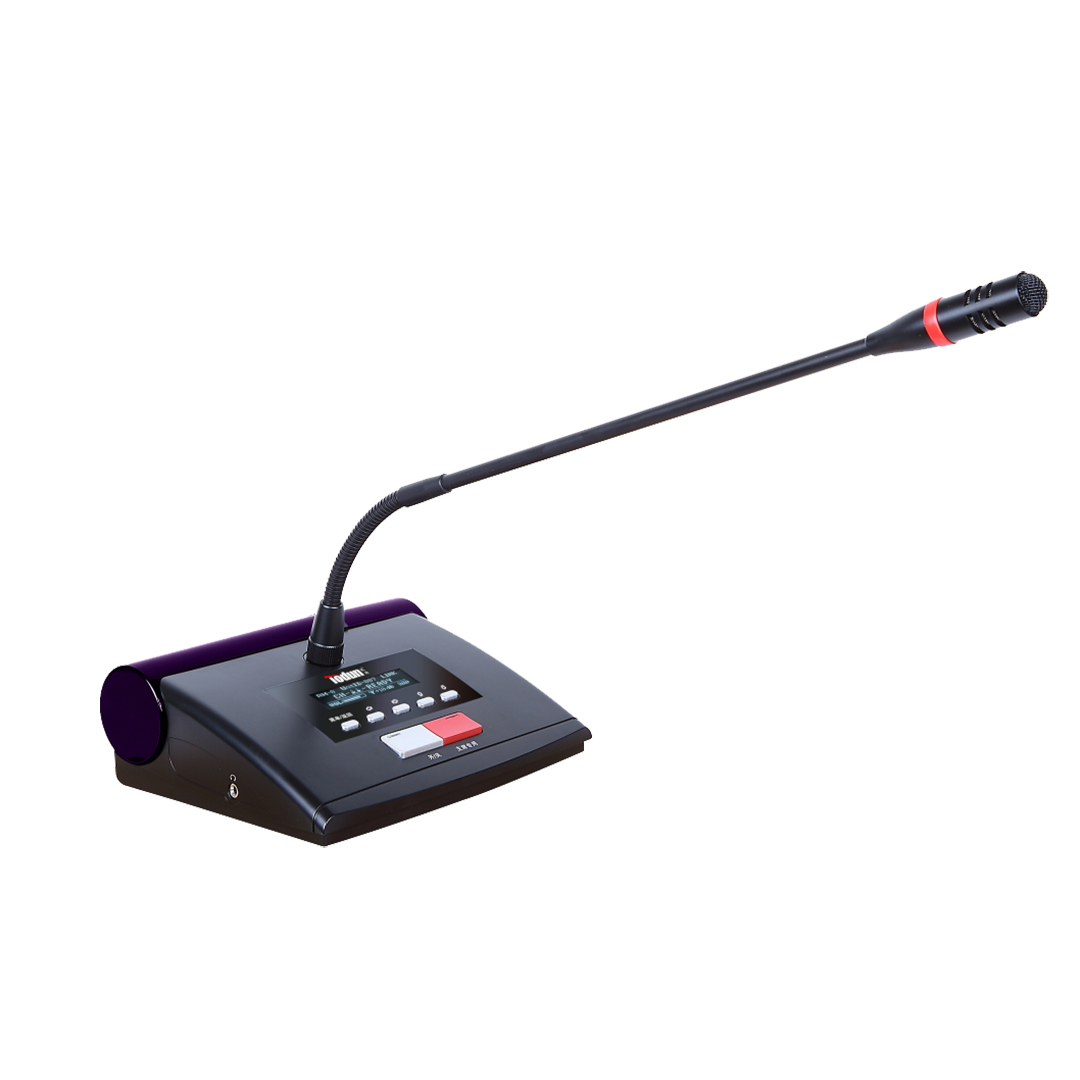An infrared conference microphone system offers a number of advantages over traditional radio-frequency systems. It eliminates interference among adjoining rooms, protects against eavesdropping and ensures stable communication.
Its primary applications are in karaoke bar rooms and school classrooms. In addition, it’s a good choice for private dining rooms where privacy is a concern.
No Radio Frequency Interference
An infrared microphone system offers many advantages over standard (VHF or UHF) wireless systems. These include no radio frequency interference (RFI), no eavesdropping, no interference among adjoining rooms operating on the same channel and no need for a channel change.
RFI occurs when electronic devices and systems interfere with each other on crowded frequencies, such as cell phones, radios, TVs and PA systems. While it is relatively rare, it can be a problem.
Azden’s IR-CS system includes two chest-worn IR microphones, two handheld IR transmitters and an IR receiver/mixer that provides separate volume controls for each unit. It also accepts a line-level input from a DVD player or computer sound. The system is compact and can be installed with minimal installation time.
No Eavesdropping
In today’s RF saturated world, an infrared microphone system can eliminate a wide variety of interference from cell phones, radios, television, PA systems, police and emergency services. This is due to the fact that infrared rays do not penetrate transparent walls, such as glass windows and doors.
This makes infrared wireless microphones the best choice for school classrooms and other locations where eavesdropping on the information being transmitted is not a concern. They are also able to work in the same frequency band as other wireless mic systems, allowing simultaneous use by two rooms without causing any interference or eavesdropping.
Infrared listening devices are also known as laser-bounce devices because they measure changes in a beam of laser light that is reflected off a surface, usually window-glass, that is made to vibrate by sound waves in the monitored space. These changes cause a Doppler shift in the beam, which is detected by the device operator and recorded.
No Interference Among Adjoining Rooms
The Azden IWM-360S dual infrared microphone system is a high-tech, low-key solution to your acoustic challenges. It features the most efficient infrared transmitting mics on the market, a slick recharging base, and a well-designed IR receiver. It also has a surprisingly large number of features, making it a pleasure to use. Whether you’re trying to improve your acoustics in an office or just need to re-invent the wheel in your home, the IWM-360S might be the missing piece of the puzzle. It’s not easy to find the best infrared systems on the market, so make sure to check out our comparison table to see what the top manufacturers have to offer. Until then, you might want to take a look at our other IR microphones and wireless accessories to see what else is out there.
Stable Communication
IR communication is a safe and secure way to communicate without risking eavesdropping or interference with radio frequency (RF) systems. Unlike radio waves, infrared rays do not penetrate walls, so they cannot interfere with information sent between the receiver and transmitter.
Infrared microphones use a combination of infrared light and digital techniques to transmit audio. The transmitter sends a modulated signal to the emitter (also called radiator), which converts it into infrared radiation. The receiver then decodes the infrared rays and converts them back to an audio signal.
Infrared wireless microphone systems are an ideal choice for classrooms because they do not rely on RF frequencies. This means there is no interference from cell phones, radios, TV, PA systems, or emergency service equipment.




